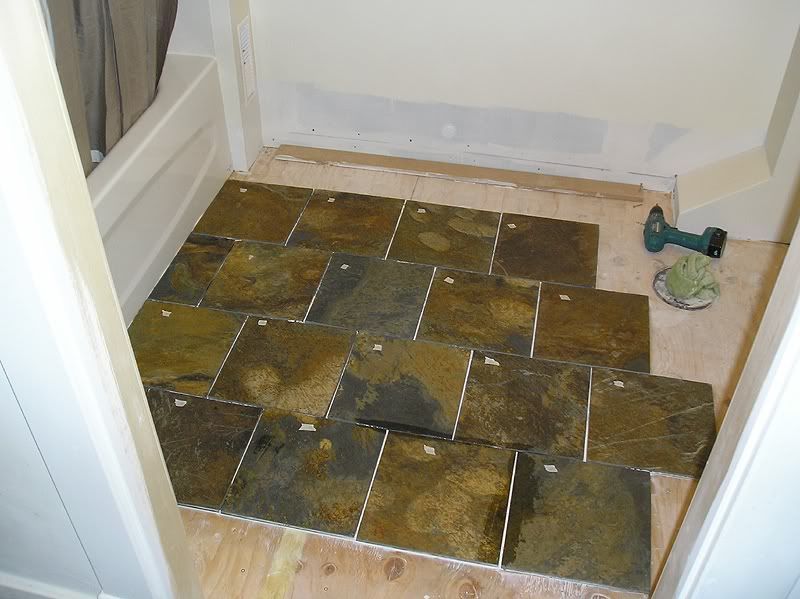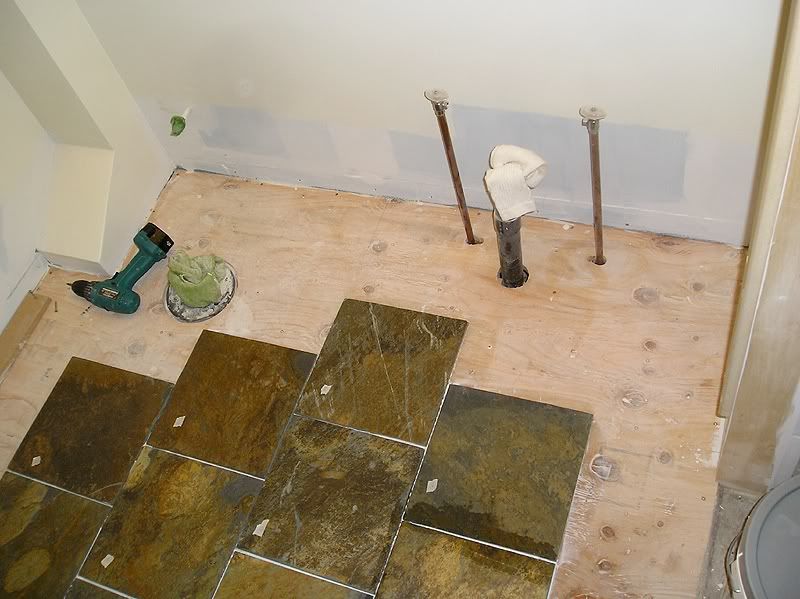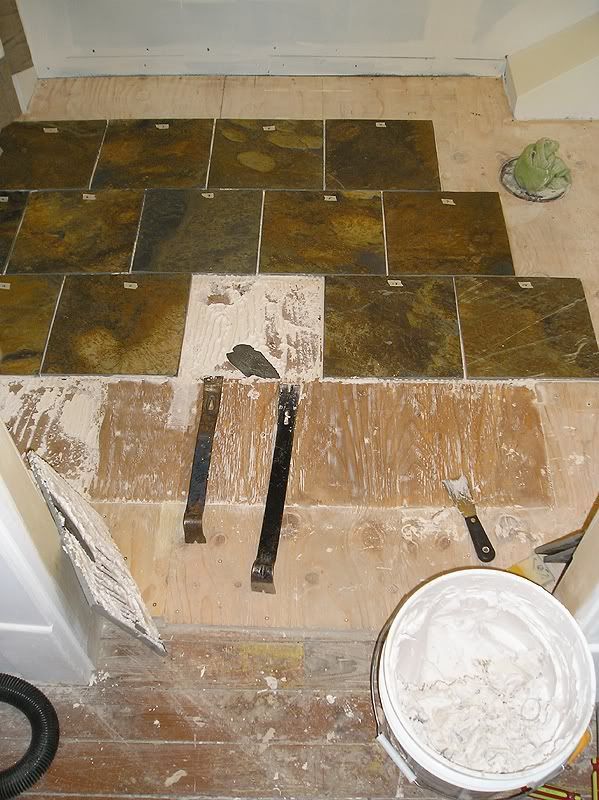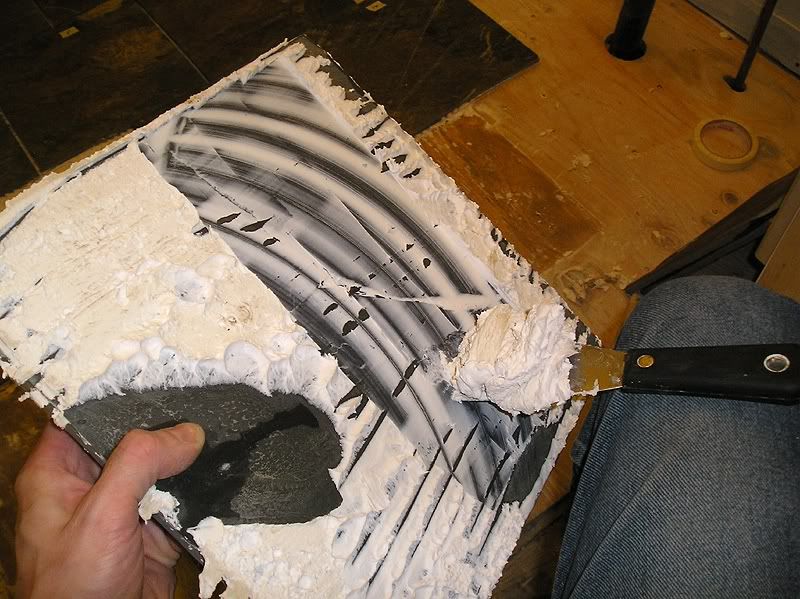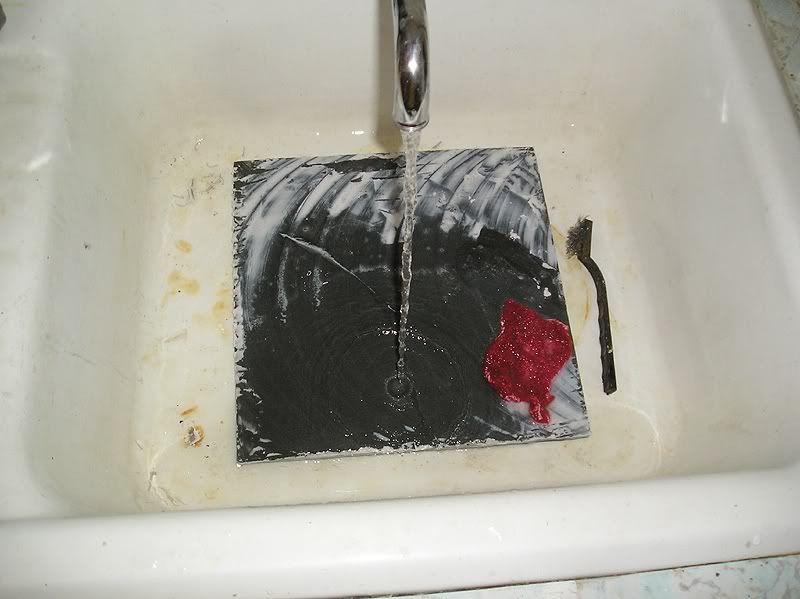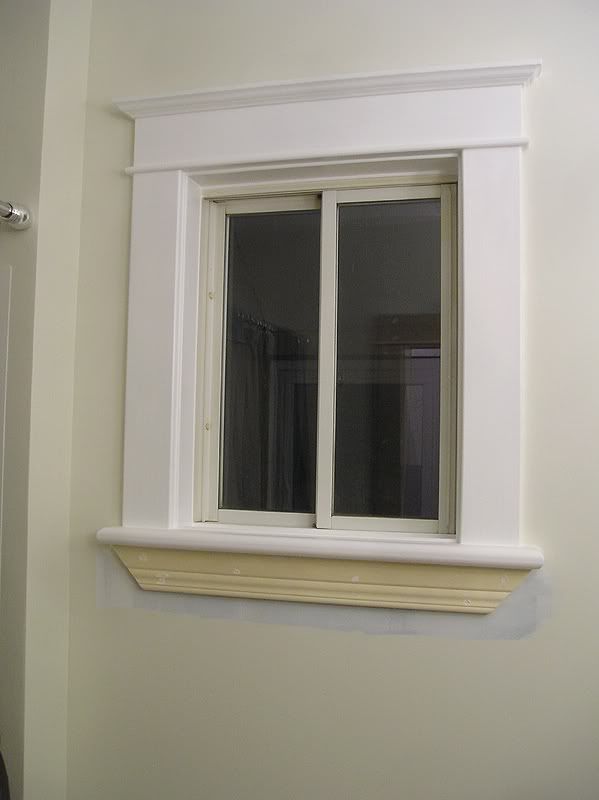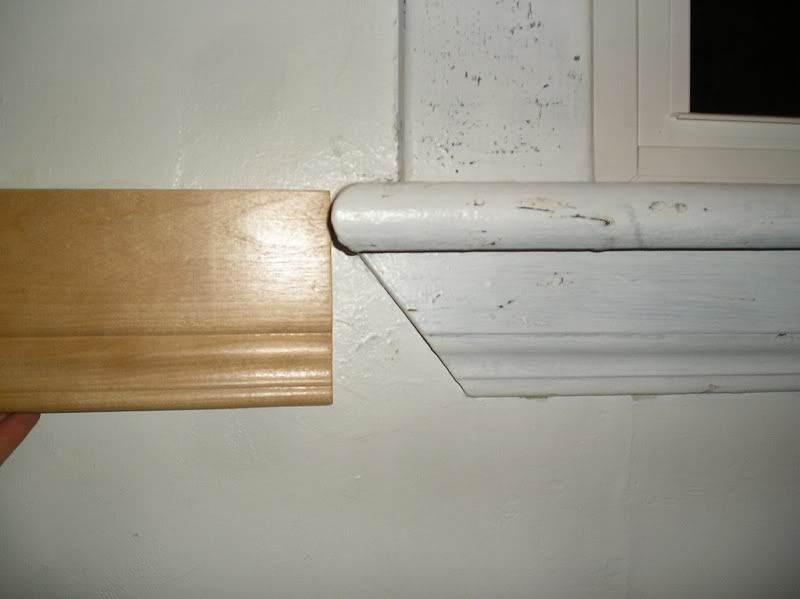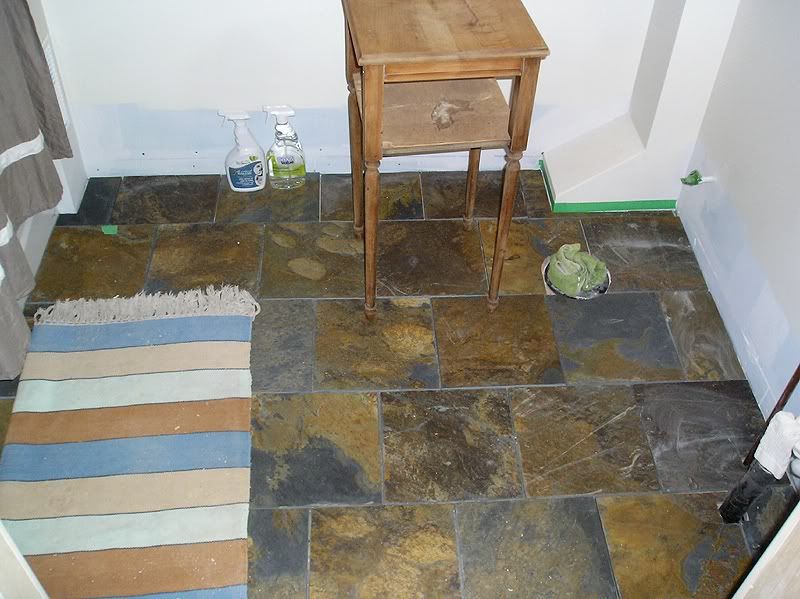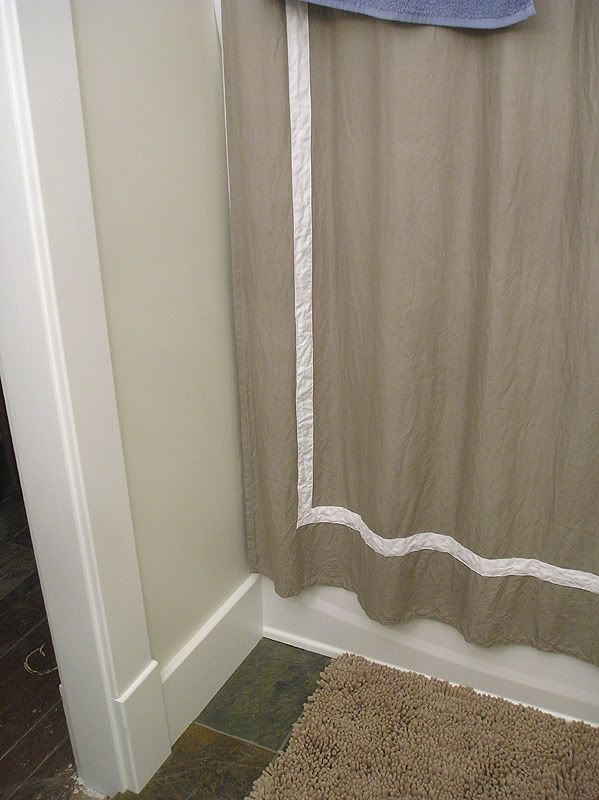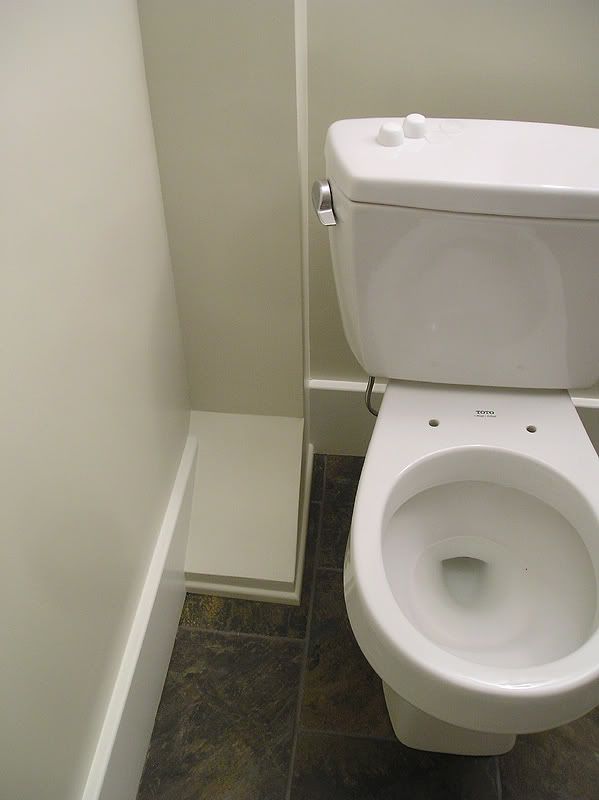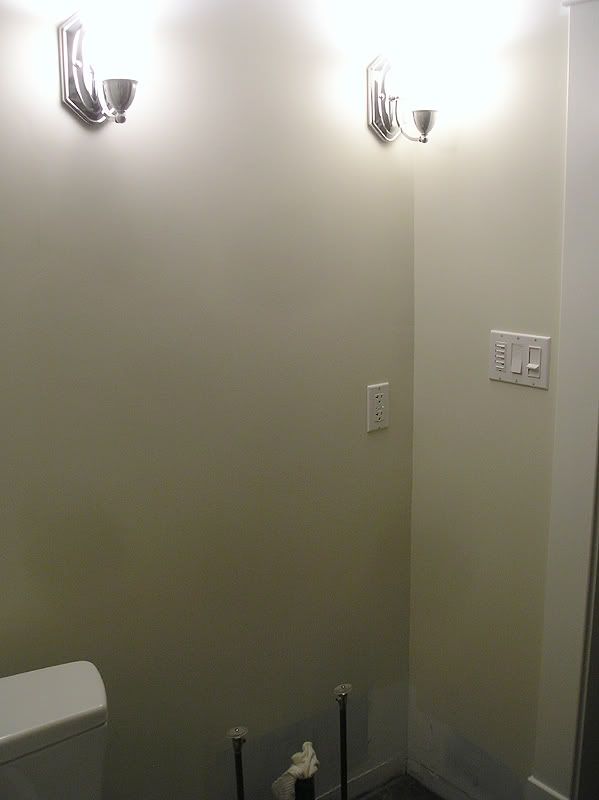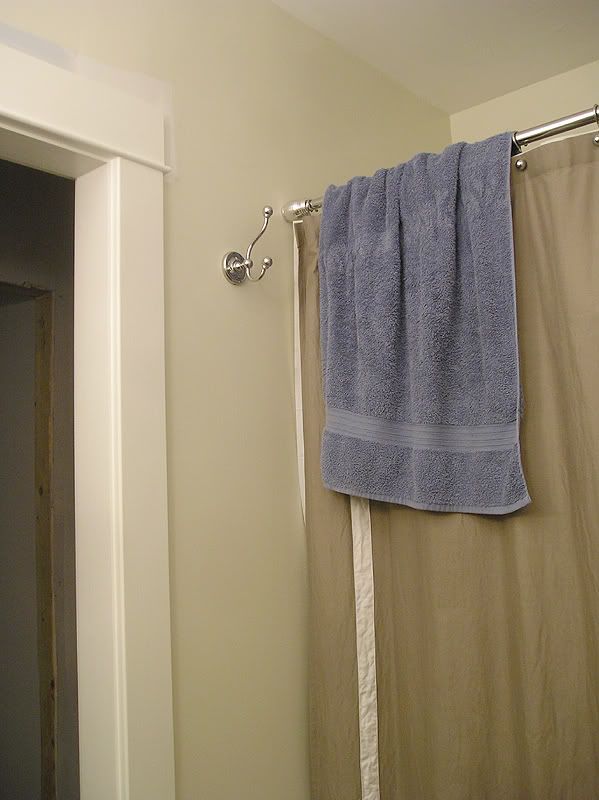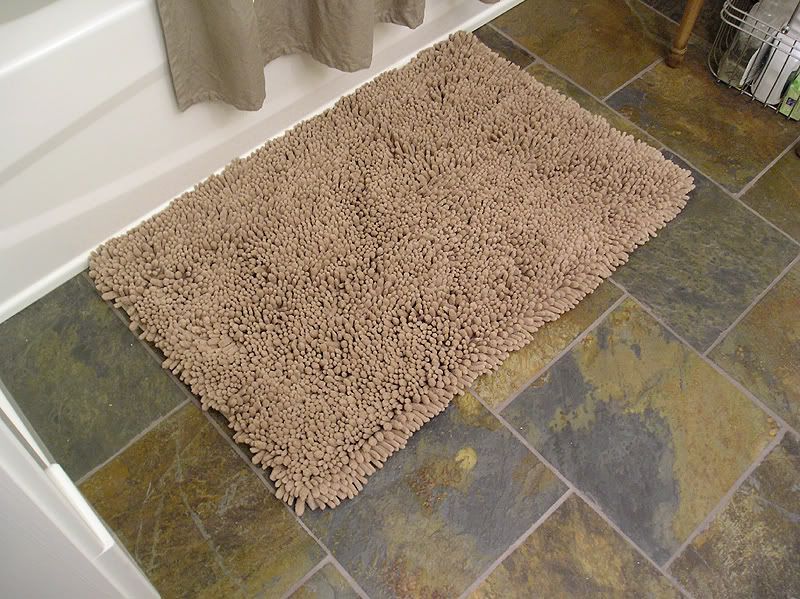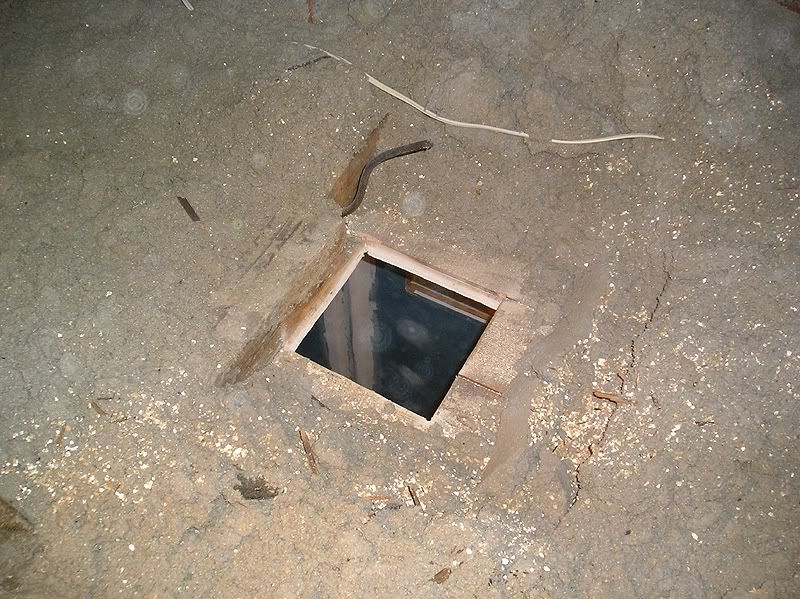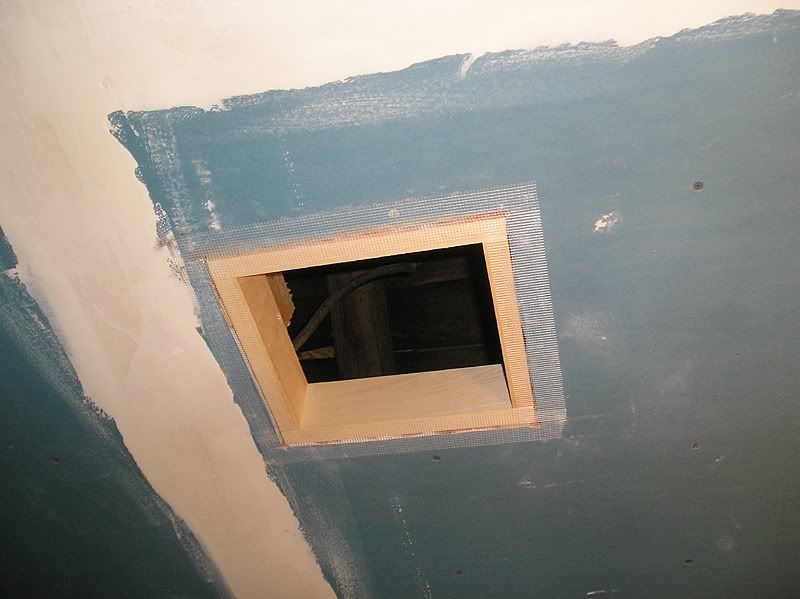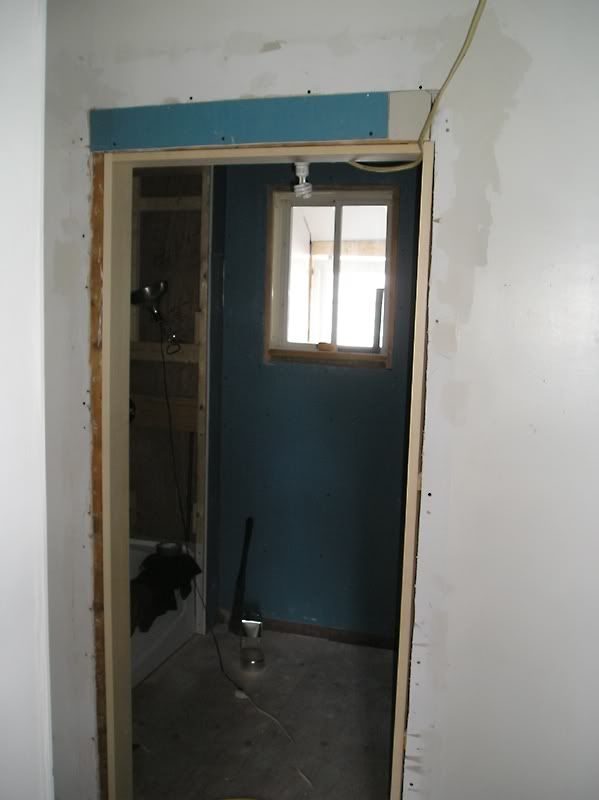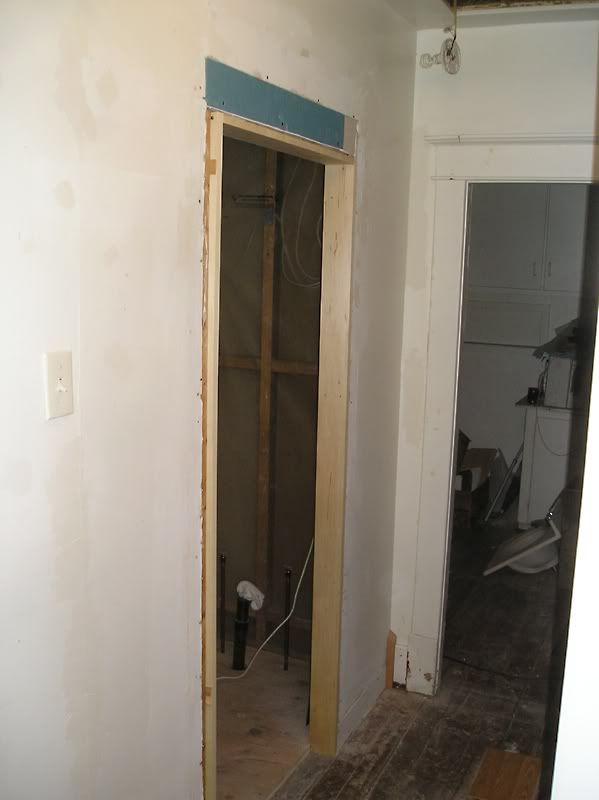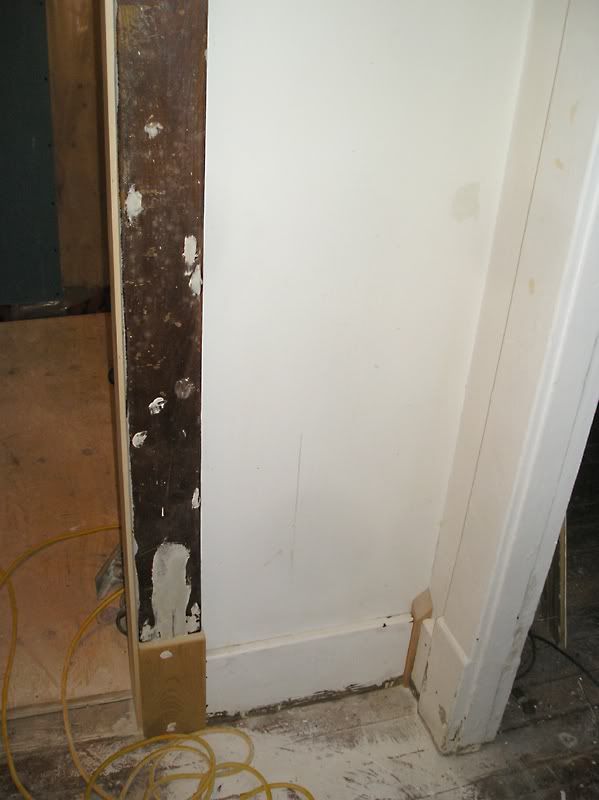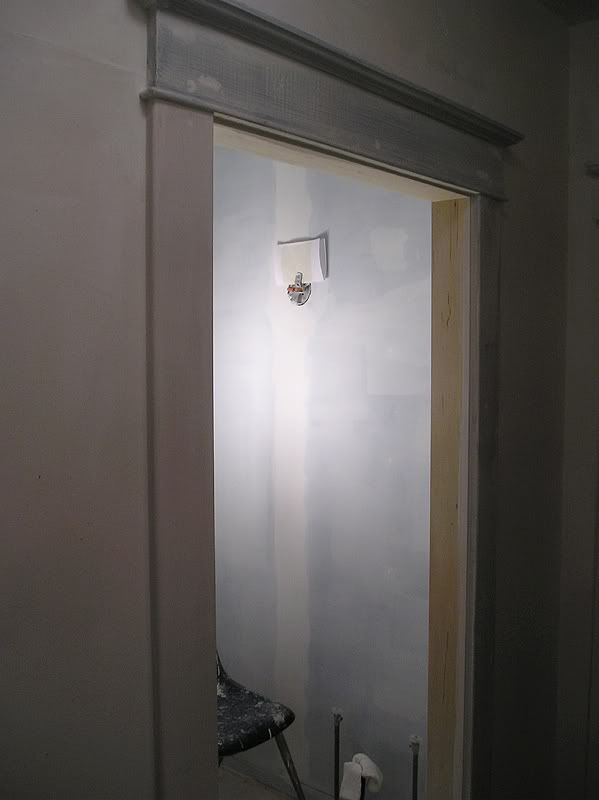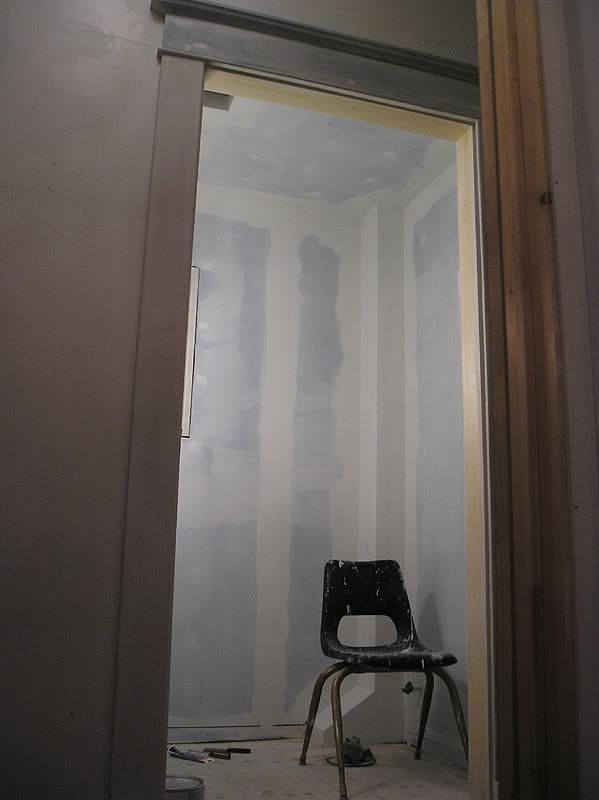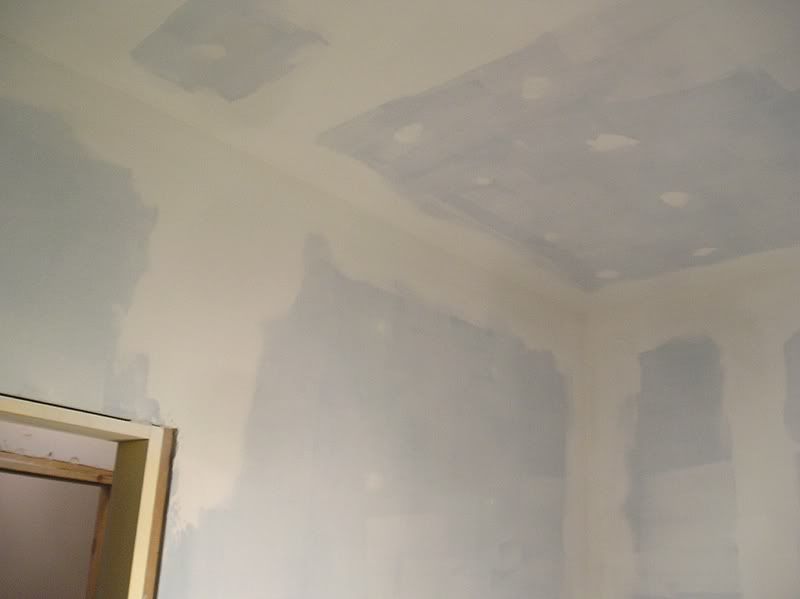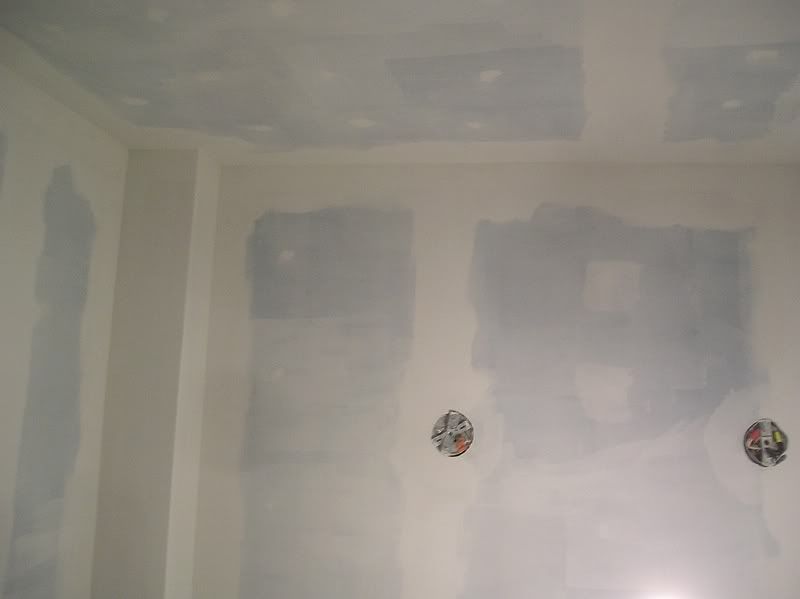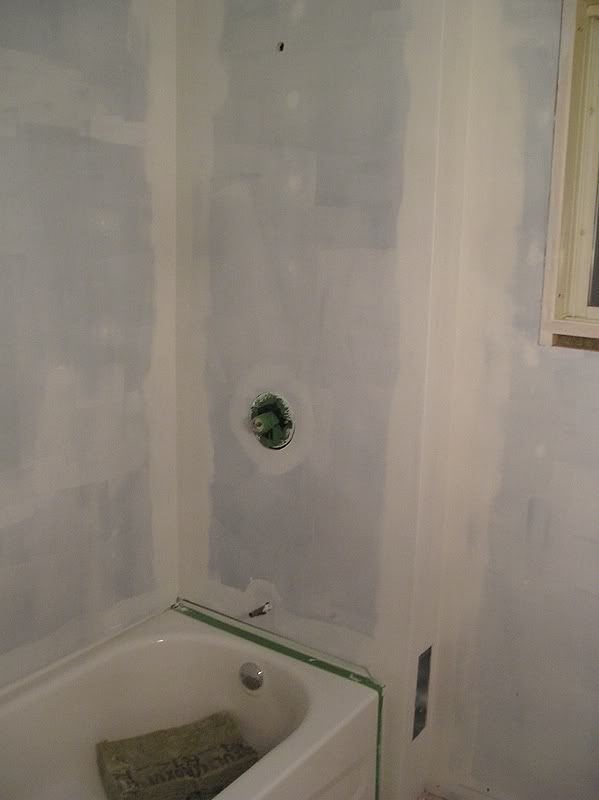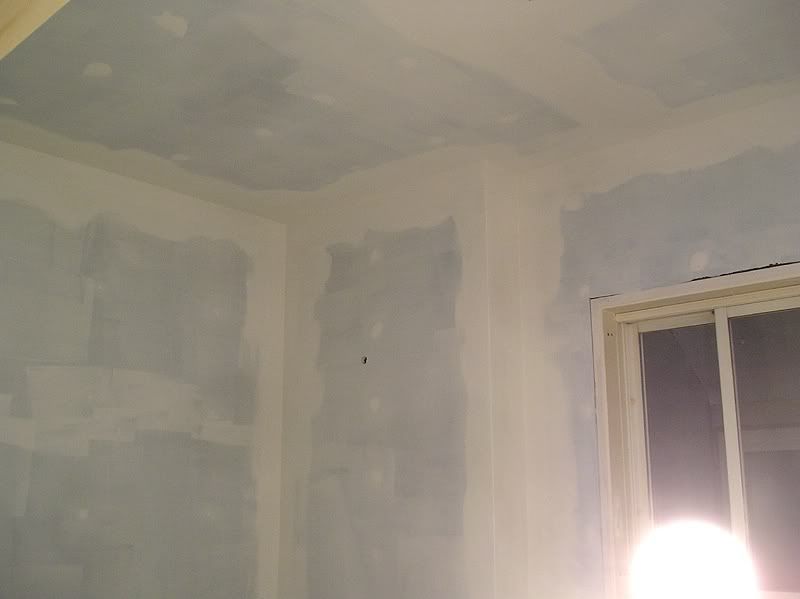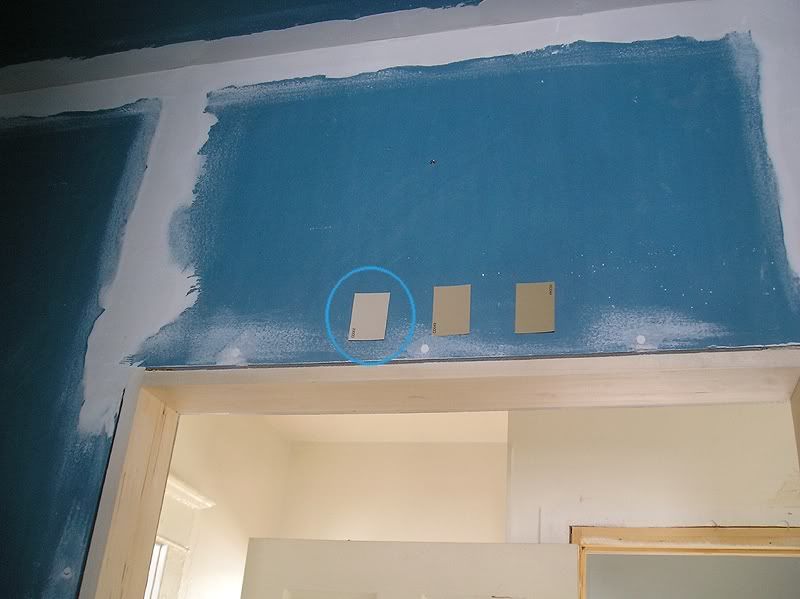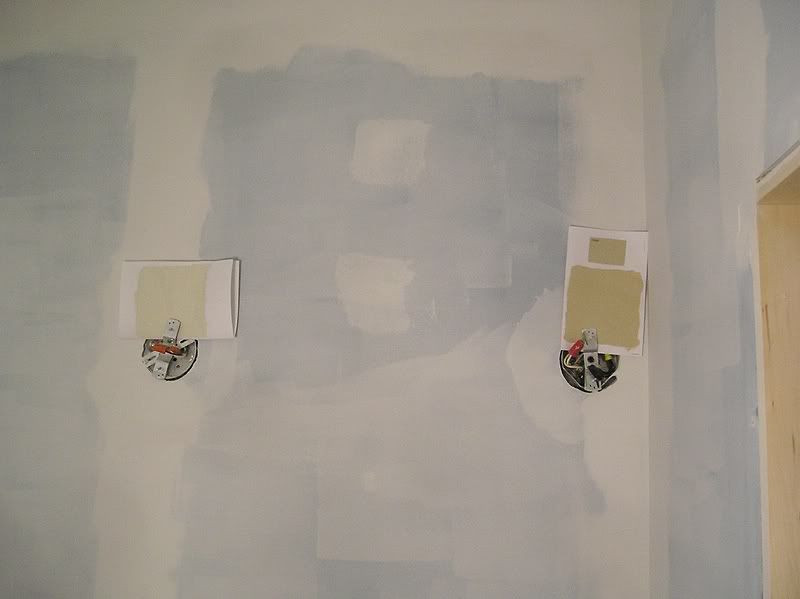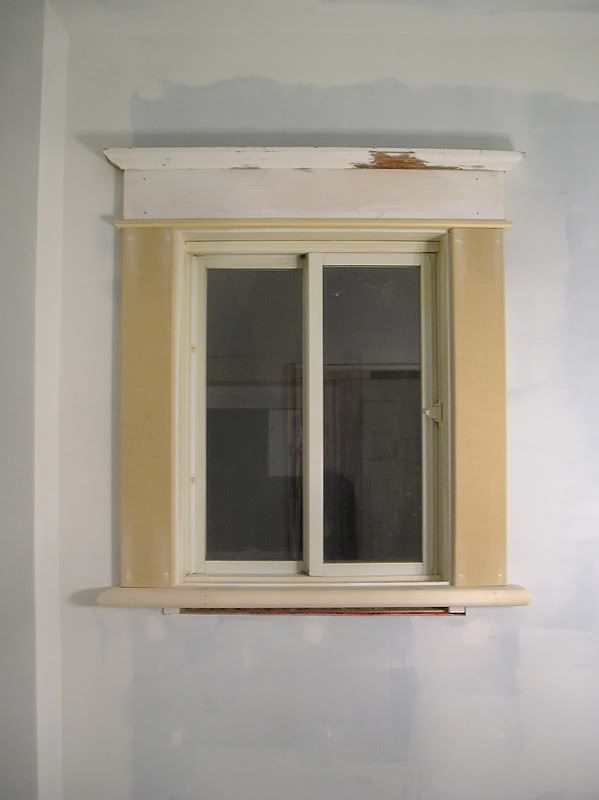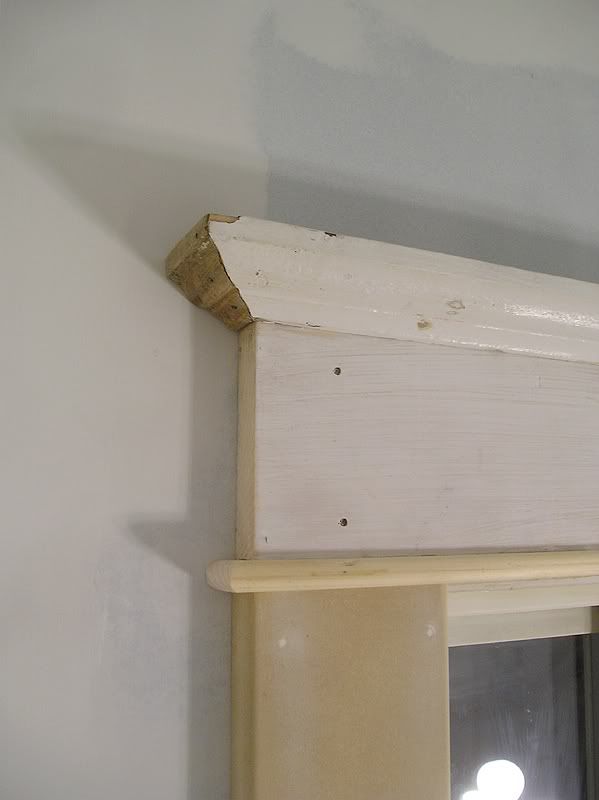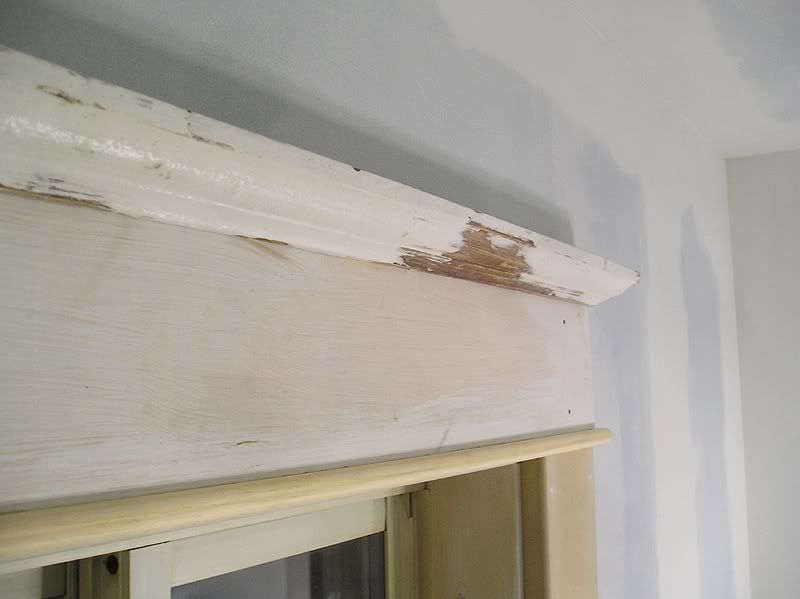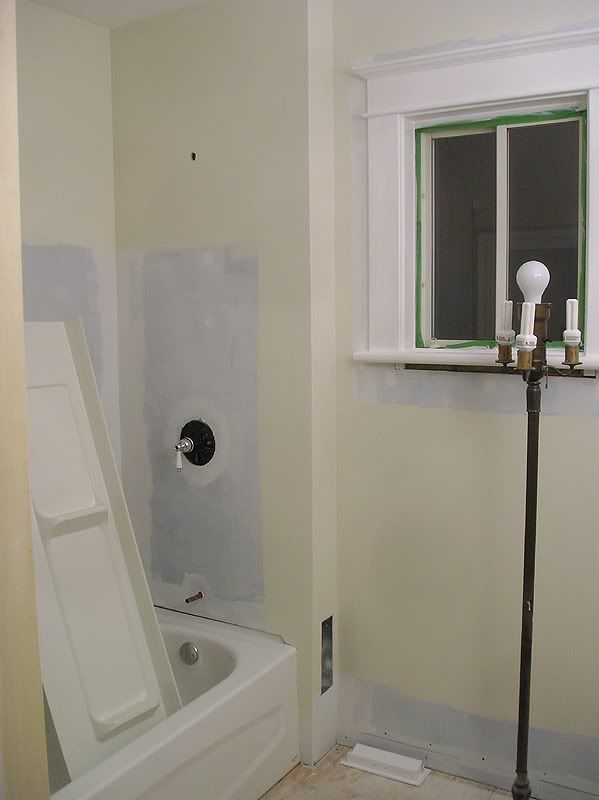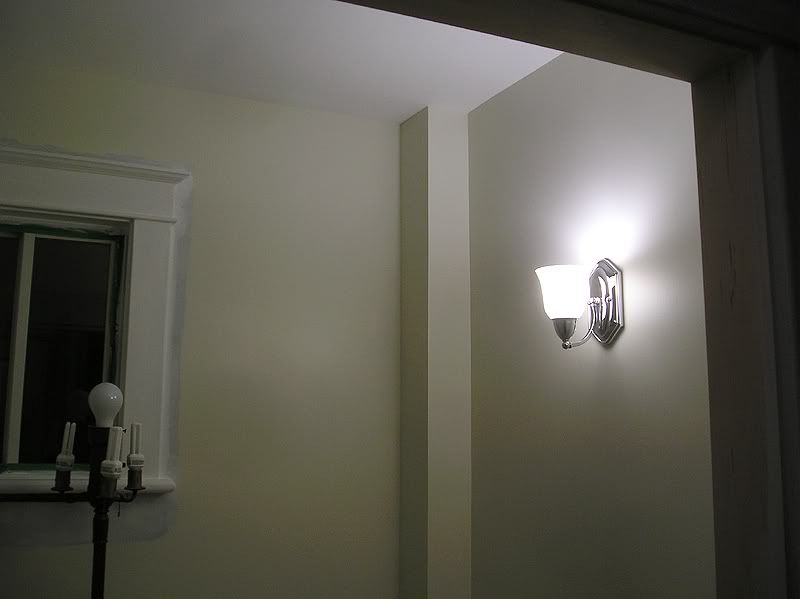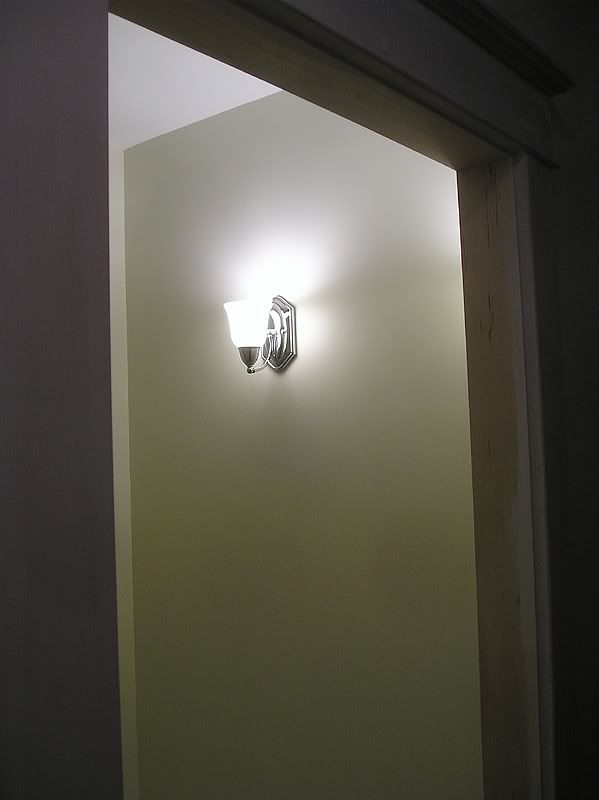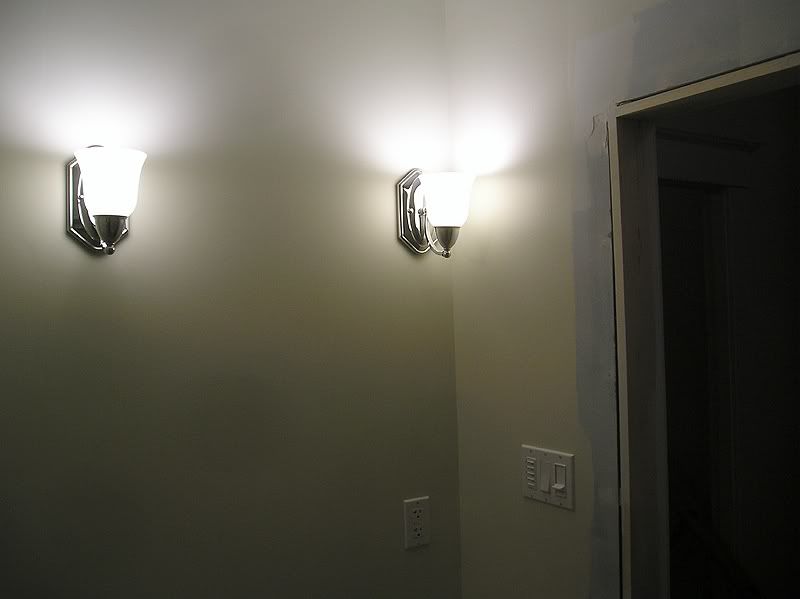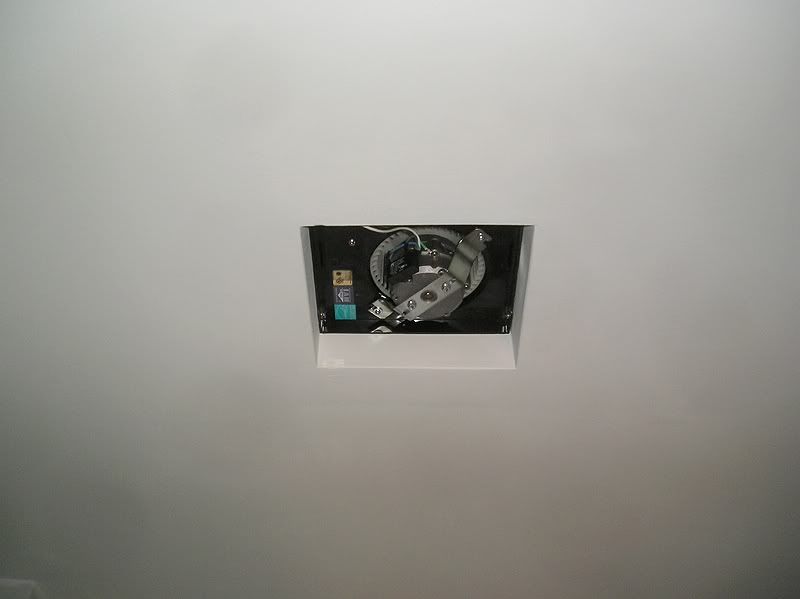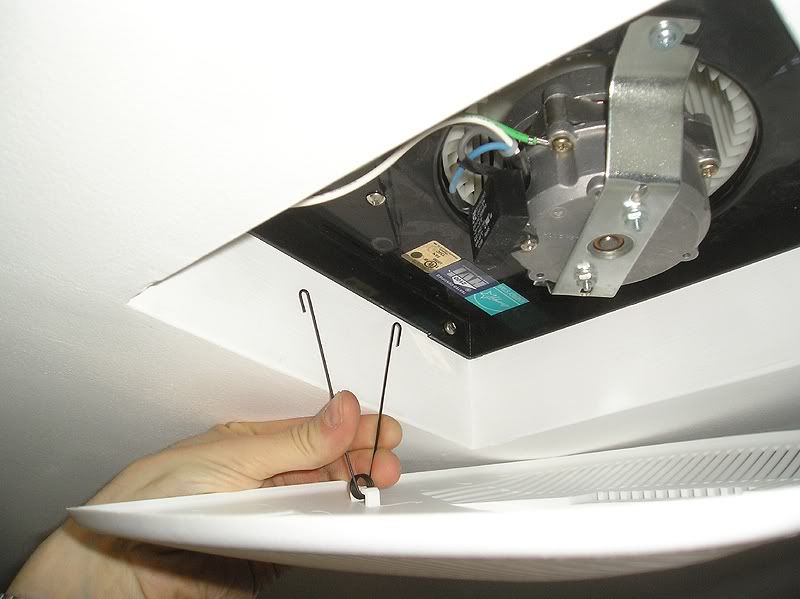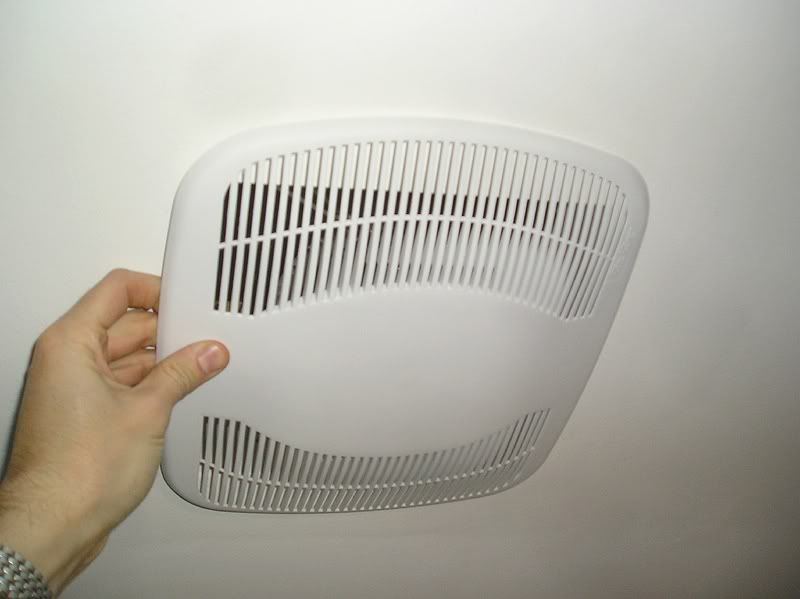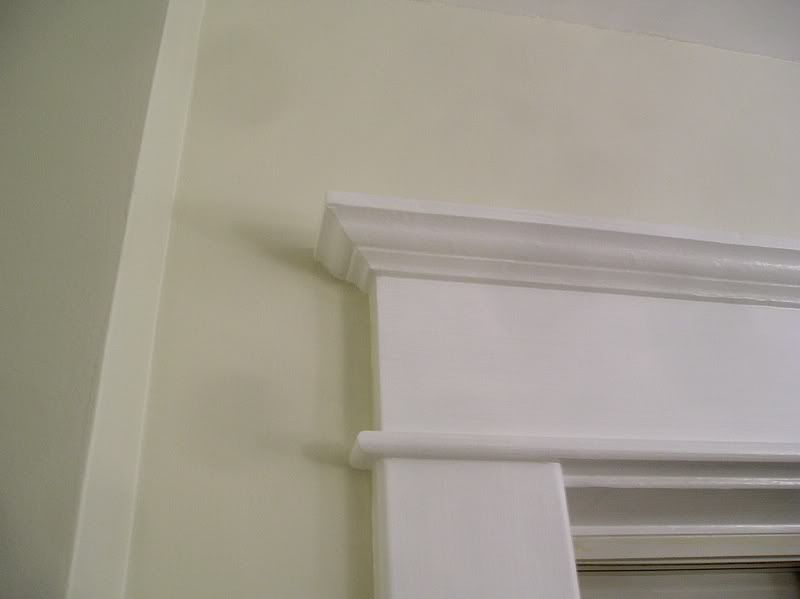This is an example of a fairly typical antique fixture you would see in an antique lighting store. This one happened to be from an antiques market (from my recent trip), and I photographed it because it has matching shades and dome shade to the fixture I've got in my dining room. This fixture was 495.00$ (CAD + 13% taxes).

Now that's actually a pretty decent price, since I've seen similar fixtures for as much as 1500.00$ USD.
But I don't like paying full price, and I don't mind looking around for bargains, and there are definitely bargains to be found! The gorgeous, 100% original fixture with all the parts that I've got in my dining room (this one here:),
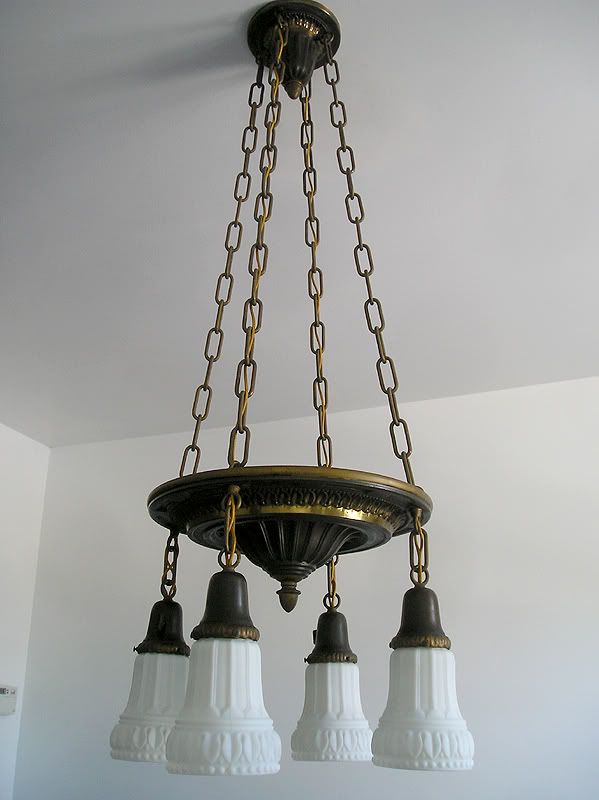
...was an eBay find for 95.00$ USD plus shipping. Add the price of the reproduction wire, and it was still under 150$. This was an absolute steal! I've seen one lighting shop that sold antique glass shades for as much as 130.00$ each! That's nuts!
The other fixture I got for the living room was also grabbed from eBay, and similarly priced (and WITH shades), but it needed a lot of work.
Before:

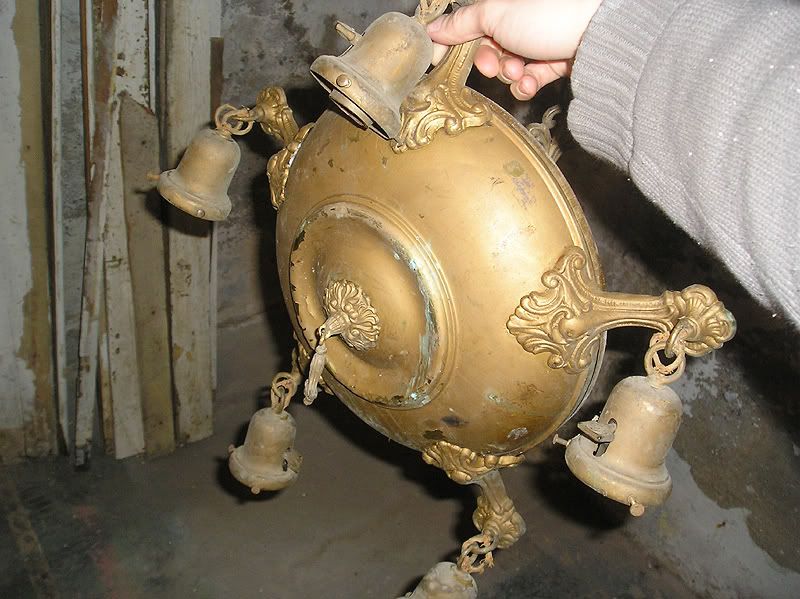
After:
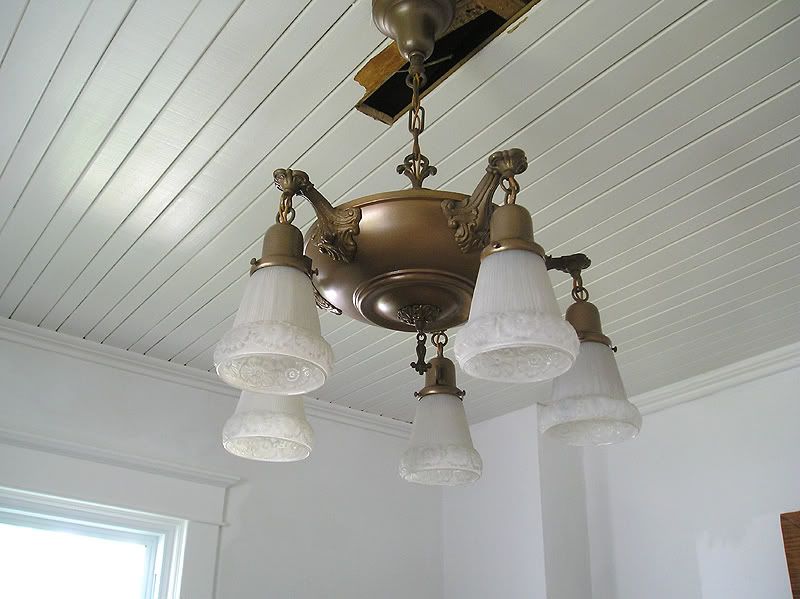
Now, if you're willing to put all the time and effort into re-wiring and even refinishing these fixtures, you can get them very inexpensively.
As I mentioned, I made a trip recently to Ottawa (an hour from my home town), and I was able to rummage through a bunch of antique stores, and vintage lighting places, and I was able to buy some parts to complete some of my fixtures. I spent quite a bit of money on just a few parts, but I think I did fairly well.
From one dealer (the one with the 130.00$ shades) I bought a new repro brass canopy for the upstairs light, and that was 50.00$. It was about the same price I had seen from lighting parts suppliers, and it was very good quality so I got it. I actually should have bought two.
So here's the finished hallway light fixture, which is actually made up of spare parts. I used a spare turk-key socket and shade holder, along with a spare "loop", and some excess chain from a really insanely long fixture that I bought a while back. The top/canopy, as mentioned, is a repro.

Another fixture that I've assembled all the parts for (but that I haven't rewired/finished yet) is this large "gravity hook" shade fixture. Basically it's a finial-mounted canopy with 3 chains and 3 light bulbs attached to hooks. These hooks grab onto a large decorative shade. The "fixture" parts cost me something like 35$ USD + shipping, but the real hard thing to find was the shade. There were a few available for around 150.00 - 400.00$ but I waited to find a cheaper one. The first one I found cost something like 70$ with the shipping, but it got smashed to pieces due to crappy packing. I got refunded, and it was only about 1-2 months later that I found a second one. It cost about the same thing, but it arrived safely. That shade is ~14" across. Most of the parts on the table are for this fixture.
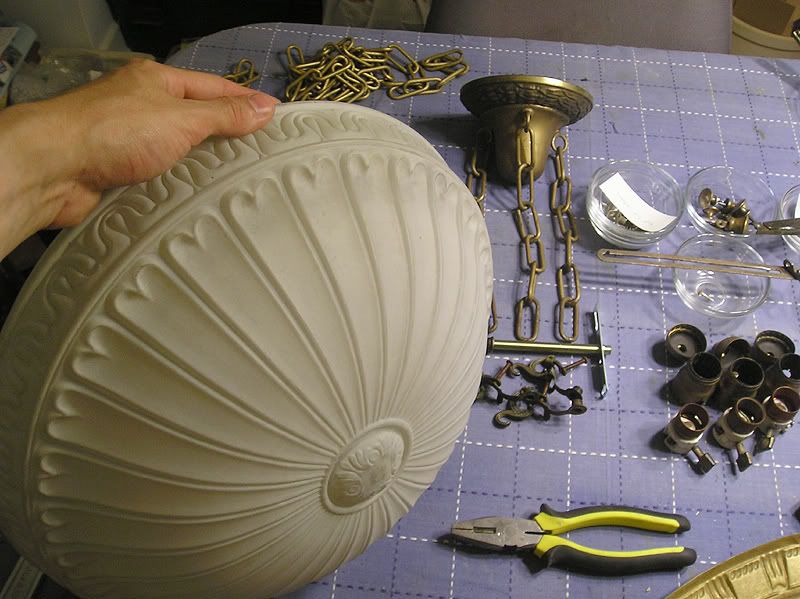
Another great find on my trip was from the same antiques market as the first photo above with the 4 shade + dome fixture. I found this set of two glass shades, and they were only 5$ each, but one of the two was broken (it had a small hole in one of the upper "bubbles" so I left it). For 5$ it will be good to have as a spare.
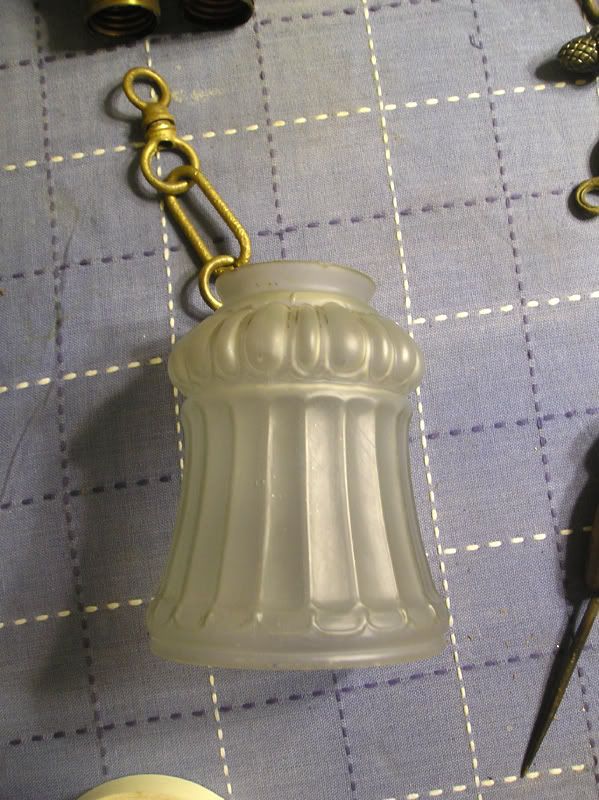
One of the fun things about antique lighting is that a lot of parts are interchangeable and adaptable with a mix of old and new parts. I've been looking for a bell-shaped shade holder for this wonderful acorn shade (which matches the dining room fixture) but the shade is a really odd size. It needs a 3 1/4" fitter, which aren't common. Most are for 2 1/4", 4", or 6". I actually came across a really hideous 1970's vanity fixture at Value Village (a thrift store) which had 2 globes held with 3 1/4" shade holders. They are plain antiqued brass, and for 4$ for the entire fixture, this gives me two 3 1/4" shade holders as well as an assortment of other parts (threaded rods, washers, etc). This acorn shade will be made pretty much the same as the upstairs hallway light above, and it will hang in the downstairs (main) hallway.
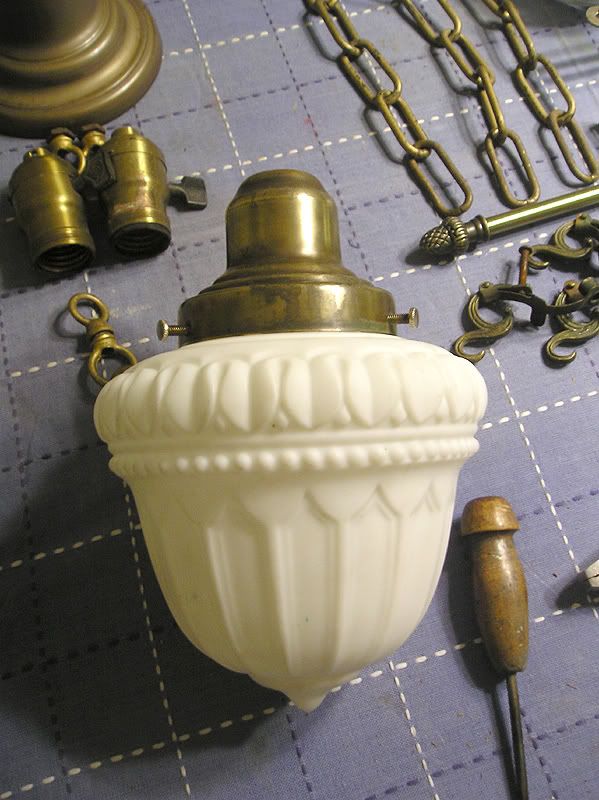
Lastly, I was able to find a plain "finial-mount" canopy to go with this fixture. I also picked up a bunch of antique turn-key sockets. All the lighting places I visited told me that they can't reuse these because of some ridiculous electrical code B/S (even though they are BETTER made than modern sockets), so I got 6 of them at 5$ each. The plain brass canopy was 35$, so I spent 75.00$ there.
I'm not sure where this fixture will go yet. Perhaps the upstairs "Laundry Room" (aka Guest Bedroom).
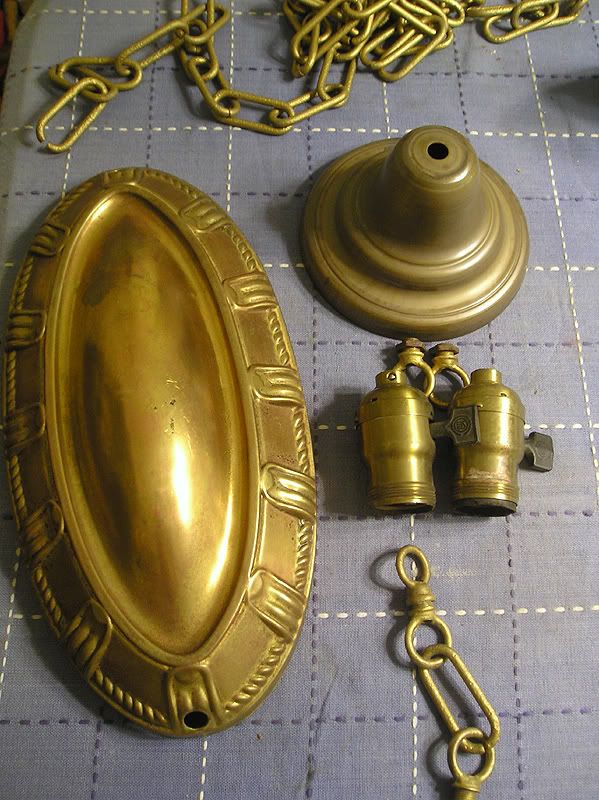
I'm still waiting for shade holders for this fixture (one on the left) which are on the way, and for parts for the one on the right (bell style shade holders instead of the earlier 1890's gas-type shade holders). The smaller fixture on the left will go in the front Office/PC room, and I already have 3 etched glass shades for it, and the 4 shade chandelier will probably end up going in the staircase.

I also have a bunch of antique shades I still need to find/buy. I've got two more shades coming in that are the same as the fancy ones on the dining room fixture. I keep going back to those ones because I like the milk glass, the patter, and I've managed to run across a few similar shades for cheap. I'm trying to keep the shades in the white/clear/frosted range, and avoid coloured or painted ones.

